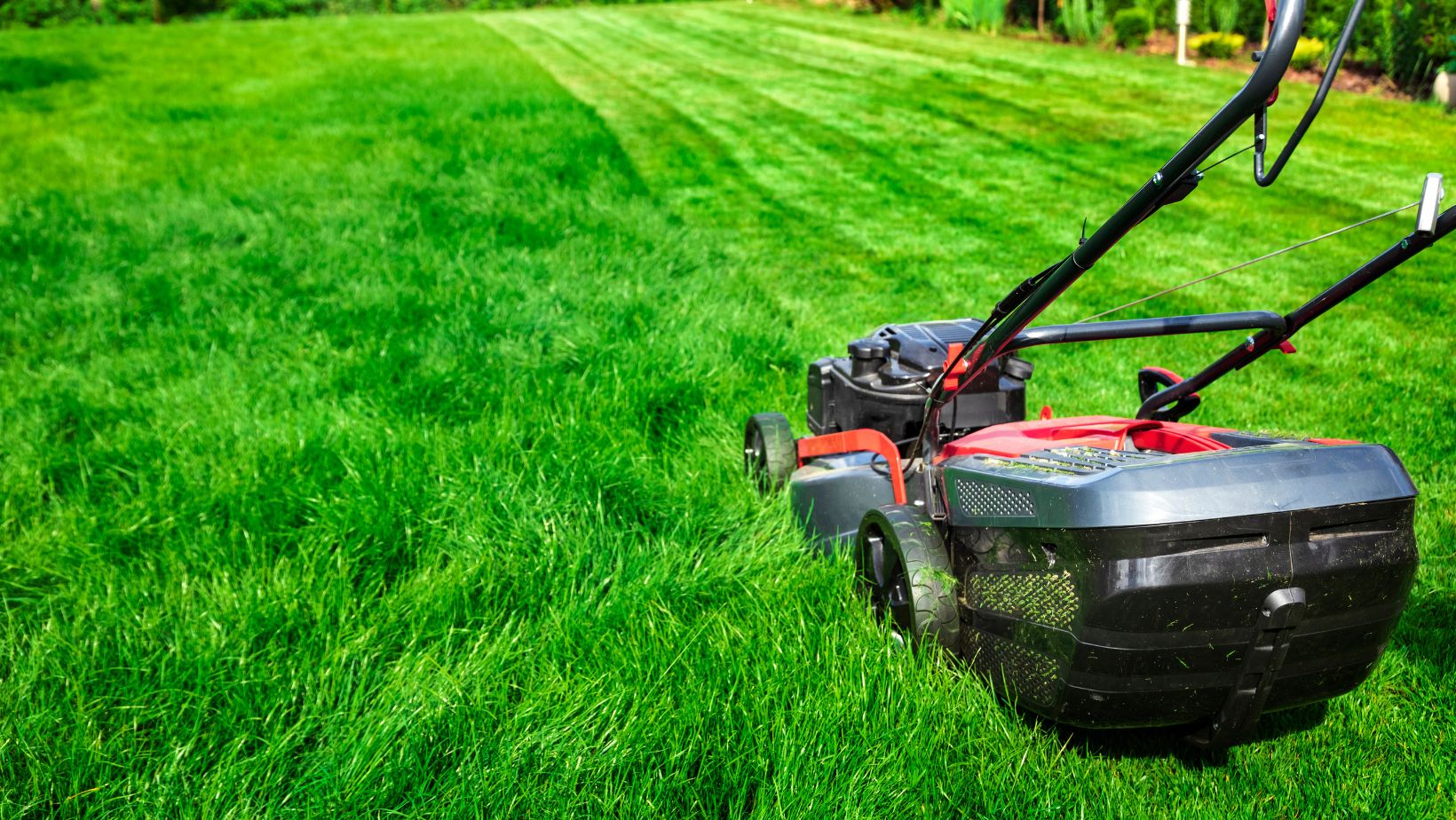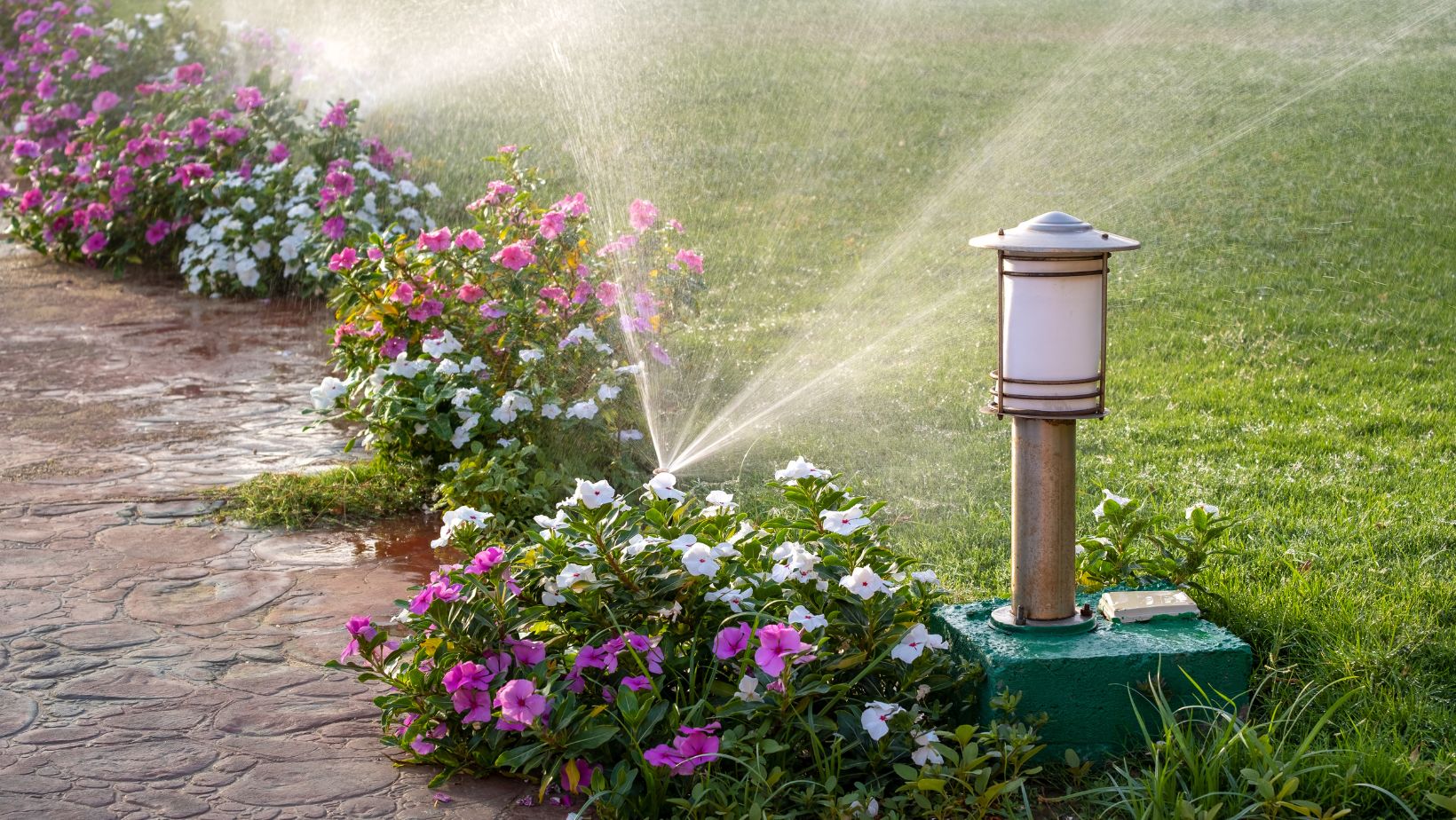
Introduction
As the year progresses from spring thaw to winter frost, lawn care practices must adapt to external conditions. Spring revival requires renewal and preparation, summer heat demands maintenance and protection, autumn transition calls for reinforcement and recovery, and during winter dormancy, the focus is on preservation and preparation for the renewal cycle.
If you’ve wondered how to care for your lawn through the seasons, the following lines will reveal all about it:
● Early spring lawn tasks
● How to protect the lawn during a summer heat
● Steps for autumn care to help the lawn withstand winter
● What winter brings and how to prepare the lawn for spring growth
What Warm-Season and Cool-Season Grasses Need During Different Seasons – The Importance of Defining the Grass Type
Understanding how different types of grass – cool-season versus warm-season grasses – respond differently to seasonal changes is vital to effective care. Therefore, the first step is to define your care schedule according to the type of grass you’ve planted in your lawn.
Cool-season grasses such as Kentucky bluegrass, Perennial ryegrass, and Fescues thrive in the cooler temperatures of late autumn and early spring—their growth peaks when temperatures are between 60°F and 75°F (15°C – 24°C).
Warm-season grasses, like Bermuda grass, Zoysia, or St. Augustine, thrive in the heat of summer. Their optimal growth occurs when temperatures are between 75°F and 90°F (24°C – 32°C).
Spring Lawn Care – Let the Action Begin
As nature awakens in spring, it beckons you to actively participate in tidying up your yard and lawn, and that’s when it’s crucial to lay good foundations for healthy grass growth.
Here are the necessary steps to take:
The season would start well by conducting a comprehensive lawn inspection. Check for areas with sparse grass, compacted soil, and weeds or pests. Cleaning is equally important. Remove debris, leaves, and twigs that have accumulated over the winter.
Mowing: Wait until the lawn grows before you begin your mowing routine. The right time to start mowing is when the grass is about a third taller than the recommended mowing height for the specific variety.
Sod selection: Spring is the ideal time for sod planting, as mild temperatures and increasing daylight encourage root establishment before the summer heat. Bermuda, Zoysia, and St. Augustine are grass varieties popular in warmer regions, while Kentucky or Tall Fescue are well-suited for colder climates. Celebration Bermuda is a popular sod choice for many areas due to its beautiful green color, drought resistance, and ability to withstand foot traffic.
Soil preparation and fertilization: Conduct a soil test to determine its pH value and nutrient level before starting fertilization. Choose a fertilizer that complements the lawn’s needs based on the soil test results.
Spring is the perfect time for aeration, especially if the soil is compacted.
Weed prevention and control: Applying a pre-emergent herbicide in early spring can effectively prevent weed seeds from germinating. Apply the herbicide when the soil temperature consistently reaches about 13°C (55°F) over several days.
Summer Lawn Care – The Heat Calls for Caution and Special Care
With the arrival of summer comes particular caution in lawn care, as the main challenge is maintaining its health under very high temperatures.

Let’s see what requires special attention:
Watering: The focus is on deep but less frequent watering to encourage deep root growth, allowing the grass to access moisture even during a drought. Aim for about 1 to 1.5 inches (2.5 to 3.8 cm) of water per week. Water your lawn early in the morning and avoid watering at night.
Mowing: Raise the mowing height by 1 to 1.5 inches higher than usual. When the grass is taller, it provides better shade to the soil, reducing water evaporation and encouraging deeper root growth.
Pest control: Pay attention to newly hatched lawn pests that feed on the root. An effective treatment will stop the damage.
Grass varieties, such as Zeon Zoysia, are particularly suited for dry summers. It’s ideal for lawns in regions with hot summers. Due to its deep roots, it requires less water compared to other varieties.
Fall Lawn Care – Preparing for Dormancy
The early days of fall are an excellent opportunity to prepare your lawn for the cold days ahead. The work done during this period is vital to ensuring the lawn sprouts are healthy and robust in the spring.
Here’s how to properly care for your lawn during the fall:
Fertilization: Fall is the ideal time to fertilize the lawn, especially for cool-season grasses. It will help the lawn store essential nutrients, supporting root growth throughout the winter.
Aeration: Aeration of the lawn in the fall is very beneficial. Air, water, and nutrients will penetrate more efficiently to the roots.
Replacing old sod or repairing damaged areas of your lawn: Lower temperatures and autumn rains can help new sod establish before winter.
Removing leaves and the last mowing of the year: Throughout the fall, a primary task will be the regular removal of fallen leaves, as accumulated leaves suffocate the grass, block sunlight, and retain moisture.
Gradually reduce the mowing height as you approach the end of the fall season, but do not cut the grass too short. The final mowing height should be 2 to 2.5 inches (5 to 6.3 cm) for cool-season grasses.
Winter Lawn Care – Protection and Strengthening Before Spring
Winter usually brings cold, snowy, and rainy days, so during this period, the focus should be maximizing lawn protection and preparing it for flourishing in spring.
Here’s how to implement a protection strategy:
Minimize walking on the grass: During winter, try to reduce traffic on the lawn, as the grass is weaker and less resilient when it’s cold.
Snow cleaning: When removing snow from paths and driveways, avoid piling snow on the lawn, as heavy piles of snow can suffocate the grass and contribute to developing diseases.
Winter fertilization: Winter fertilizers are usually rich in potassium, strengthening grass cells and making them more resistant to cold and snow.
Laying new sod: If the winter is milder, planting new sod can be successful. Cooler weather reduces the risk of the sod drying out or getting sunburned.
Year-Round Lawn Maintenance Tips
Some practices and steps are important and beneficial for maintaining a healthy lawn throughout the year.

Anyone with a lawn knows how crucial it is to identify pests to prevent disease development timely. Common lawn pests include:
● Grubs (which feed on grass roots).
● Chinch bugs (which suck sap from the leaves).
● Armyworms (which nibble on grass leaves).
You can notice the presence of lawn diseases by brown spots, thinned areas, and often by a white powder on the leaves. Regularly monitoring and inspecting the lawn, timely aeration, and infrequent but deep watering are advised to prevent lawn disease. Hand-pulling of weeds is recommended and is also environmentally friendly.
What are Organic Lawn Care Methods?
Before any activity, it’s important to test the soil to understand its needs. It is a crucial step to apply the right amount of organic fertilizers.
Use organic mulch such as grass clippings or shredded leaves. Not only does it return nutrients to the soil as it decomposes, but it also helps retain moisture, suppress weeds, and regulate soil temperature. Add compost in spring and fall to improve soil structure and fertility.
Conclusion
As you have seen through this text, each season brings challenges in lawn maintenance, but if you follow them, caring for the health of your lawn will proceed without much effort. It is crucial to observe nature and its rhythm. When we are in harmony with nature, every step will be correct, and a lush, green lawn will be a place of rest.





